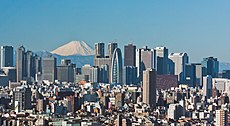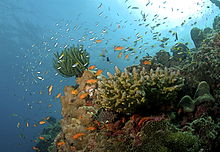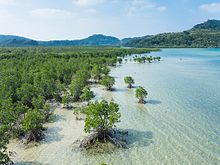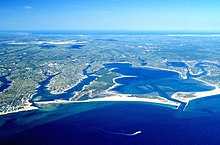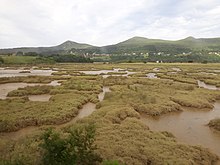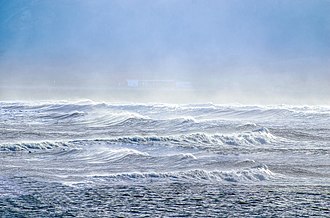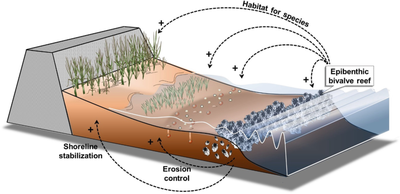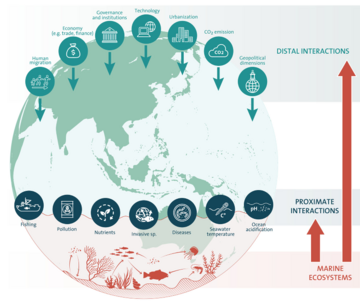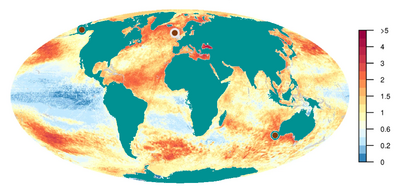Top Ten Myths about Neanderthals
Neanderthals are generally classified by palaeontologists as the species Homo neanderthalensis , but some consider them to be a subspecies of Homo sapiens ( Homo sapiens neanderthalensis ). The first humans with proto-Neanderthal traits are believed to have existed in Europe as early as 600,000–350,000 years ago, and they died out around 30,000 years ago.
When it comes to behaviors, Neanderthals tend to get a pretty bad rap. However, a plethora of research over the last several years has been breaking down many of the myths associated with this ancient species.
Once depicted as barbaric, grunting, sub-humans, Neanderthals are now known to have had the same or similar levels of intelligence as modern humans. They also had their own distinct culture. Here we examine 10 myths about Neanderthals which have now been proven false.
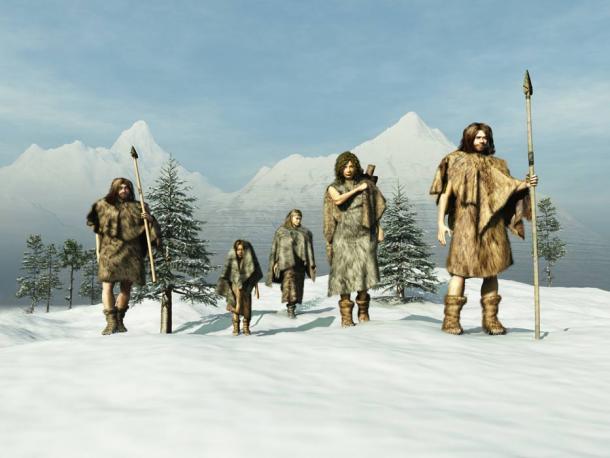
The belief in the barbaric, grunting, primitive Neanderthal is changing. ( anibal /Adobe Stock)
Myth 1: Neanderthal Tools were not as Good as Tools Made by Modern Humans
The predominant belief in mainstream archaeology over a decade ago was that Neanderthals only utilized very simplistic tools, like sharpened stones. However, research conducted over the last 10 years has revised this perspective based on new archaeological evidence.
An investigation conducted in France , for example, analyzed artifacts unearthed from an archaeological site known as Abri du Maras, in the Middle Rhône Valley. The researchers found Levalloise flakes, which are associated with Neanderthal stone tool technology, traces of twisted fiber, suggesting the manufacture of cordage or string, and six lithic points that appear to be related to complex projectile technology, a development usually only associated with early modern humans.
A second study suggested that Neanderthals even passed on some of their tool-making abilities to humans . Dutch scientists discovered 50,000-year-old tools made from deer ribs in south-west France, which are similar to bone lissoirs or smoothers, still used by leather workers today, and contain a polished tip which creates softer and more water resistant leather when scraped against a hide. The excavated tools are similar to others found at sites occupied by early modern humans around 10,000 years later.

Neanderthal may have taught Homo sapiens new tool making technologies. ( Andy Ilmberger / Adobe Stock)
Modern humans ( Homo sapiens ) appear to have entered Europe with only pointed bone tools but soon after their arrival they started to make lissoirs, providing the first possible evidence that Neanderthals invented the specialized bone tools and passed their know-how on to Homo sapiens.
Myth 2: Neanderthals Spoke through Grunts and Animal Sounds
It was long believed that Neanderthals lacked the necessary cognitive capacity and vocal hardware for speech and language, rendering them incapable of little more than a series of grunts. However, recent research has revealed that Neanderthals most likely had a sophisticated form of speech and language not dissimilar to Homo sapiens .
Researchers utilized the latest 3D X-ray imaging technology to examine a 60,000-year-old Neanderthal hyoid bone discovered in the Kebara Cave in Israel in 1989. The hyoid bone is situated centrally in the upper part of the neck, beneath the mandible but above the larynx and is the foundation of speech. So far, it has only been found to exist in humans and Neanderthals. The results showed that in terms of mechanical behavior, the Neanderthal hyoid was basically indistinguishable from our own, strongly suggesting that this key part of the vocal tract was used in exactly the same way.
Myth 3: Neanderthals Did Not Bury their Dead
It was not so long ago that Neanderthals were considered to be little more than primitive cavemen, and they certainly weren’t considered cultured enough to bury their dead. But that belief has been upended by the discovery of a number of Neanderthal burials over the years. The finding of a 50,000-year-old Neanderthal skeleton in a cave in La Chappele-aux Saints, France revealed that the individual had been carefully placed in a grave and great care had been taken to protect his body from scavengers.
One of the most famous Neanderthal child burials was uncovered in 1961 at Roc de Marsal. The grave was in a remarkable state of preservation, considering its age of 70,000 years. It consisted of the body of a child, approximately three years of age, who had been deposited in a natural depression in the ground, and apparently placed into the form of an arc, lying on its stomach, with a hand to its head and legs bent at 90 degrees, then covered with soil. The idea that Neanderthals buried their dead fits with recent findings that they were capable of developing rich cultural practices.
Myth 4: Neanderthals Did Not Have Homes
There has been this idea that Neanderthals did not have an organized use of space, something that has always been attributed to humans. But archaeologists in Italy have found a collapsed rock shelter which has revealed that Neanderthals kept an organized and tidy home with separate spaces for preparing food, sleeping, making tools, and socializing.
The top level appears to have been used for butchering animals because it contained a high concentration of animal remains. The middle level contained the most traces of human occupation and seems to have been a long-term sleeping area. Artifacts were distributed to avoid clutter around the hearth at the back of the cave.
Finally, the bottom level was a place for shorter stays. Animal bones and stone tools were concentrated at the front rather than the rear of the shelter, suggesting that tool production took place there to take advantage of available sunlight.
Myth 5: Neanderthals were Carnivores who Only Ate Raw Meat
Neanderthals were once depicted as ape-like hominids tearing into the raw flesh of freshly hunted animals. However, recent research conducted by the Catalan Institute for Research and Advanced Studies in Barcelona discovered calcified plaque on Neanderthal fossil teeth found in El Sidrón cave in Spain, which suggested that this extinct human species cooked vegetables and consumed bitter-tasting medicinal plants such as chamomile and yarrow.
Sadly, the prejudiced view of Neanderthal inferiority still persists, as reflected in a statement countering that study by researcher Laura Buck from London’s Natural History Museum: “The mistake is to think that because you find plant fragments in teeth that they must have got there because these carnivores – in this case Neanderthals – had consumed them as part of a carefully constructed diet or were taken because it was realised that certain herbs and grasses had health-promoting properties. In fact, they may have got there purely because Neanderthals liked to eat the stomach contents of some of the animals they killed.”
According to Buck, Neanderthals simply weren’t intelligent enough to provide themselves with balanced diets or of treating themselves with health-restoring herbs. However, Buck was unable to present any evidence to support her claims and more recent research shows that Neanderthals ate meat, but obviously included plants in their diet as well.
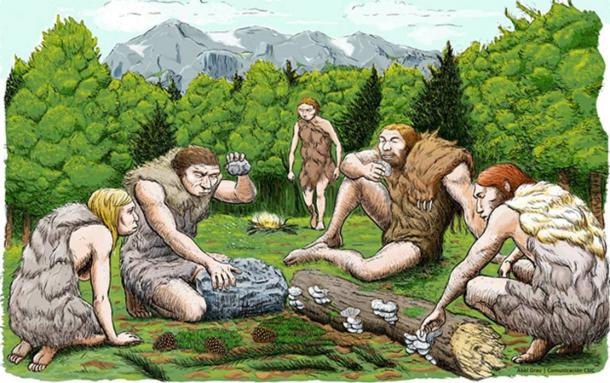
Neanderthals hunted but also gathered their food. ( CSIC Spain )
Neanderthal Myth 6: They were Bad Parents
Until recently, the traditional view saw Neanderthal childhood as harsh, difficult, and dangerous. This perspective was based on preconceptions about Neanderthal inferiority and their inability to protect their children. However, recent research has shown this was not the case.
In a study published in 2014 , a team of archaeologists from the Centre for Human Palaeoecology and Evolutionary Origins at the University of York challenged the traditional perspective and claimed that Neanderthal children experienced strong emotional attachments with their immediate social group, Neanderthals would care for sick children for years, and children played a key role in society, particularly in symbolic expression.
The research team drew upon cultural and social evidence to explore the experience of Neanderthal children. They found, for example, that Neanderthal child burials were more elaborate than those of adults, suggesting strong emotional bonds and the important role that children played in the social group.
Myth 7: Neanderthals had no Cultural Expression
It is often cited in academic literature that cultural expression emerged in the Palaeolithic era, around 30,000 years ago, which rules out Neanderthal artisans since this was around the time they died out. However, evidence suggests that culture flourished much earlier, during the time in which Neanderthals roamed the planet.
Rock art in El Castillo cave in Spain, for example, has been dated to around 40,800 years old, which raises the possibility that some of the paintings could have been made by Neanderthals. In addition, evidence suggests that the Neanderthals also had music. The oldest musical instrument ever discovered is believed to be the Divje Babe flute, discovered in a cave in Slovenia in 1995, though this has been disputed.
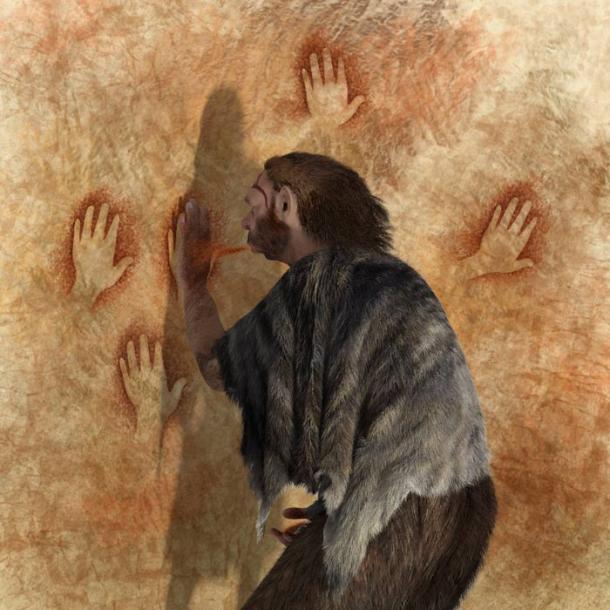
Some prehistoric cave paintings could have been made by Neanderthals. ( nicolasprimola /Adobe Stock)
The item is a fragment of the femur of a cave bear which had been pierced with spaced holes and has been dated at 60,000-43,000 years old. Scientists who could not accept the possibility that Neanderthals were playing music rejected the claim and said that the perfectly spaced and neatly carved holes are the result of the bone fragment having been chewed by an animal. However, the general consensus that the Divje Babe flute is actually a musical instrument has been growing as the view of the Neanderthals from subhuman brutes to more sophisticated hominids is changing.
Myth 8: Neanderthals were Incapable of Showing Care and Empathy
Far from being self-centered individuals incapable of looking after anyone but themselves, there is actually much evidence to show that Neanderthals cared for the sick and old in their communities. The "Old Man of La Chapelle" is the name given to the remains of a Neanderthal male found buried in the limestone bedrock of a small cave near La Chapelle-aux-Saints, in France in 1908. He lived 56,000 years ago and was the first relatively complete skeleton of a Neanderthal ever found.
Scientists estimate he was relatively old by the time he died, as bone had re-grown along the gums where he had lost several teeth, perhaps decades before. He lacked so many teeth that he would have needed his food ground down before he was able to eat it. The old man's skeleton indicates that he also suffered from a number of afflictions, including arthritis, and had numerous broken bones, which would have made movement difficult without assistance. The other members of his group would have had to have taken care of him before his death.
Other Neanderthal remains have shown potentially life-threatening injuries which were completely healed, indicating that the individual who suffered the injuries was nursed back to health by another member of his group.
- All About Neanderthals – The Surprising Facts
- 'Flower Burial' Indicates Neanderthals Had Death Rites
- DNA Study Suggests Early Neanderthals Had Europe As Their Homebase
Myth 9: Neanderthals and Humans Did Not Mix
It was once believed that Neanderthals died out before the emergence of Homo sapiens. However, this was revised when archaeological evidence revealed that there was a cross-over of at least several thousand years, if not longer, during which Neanderthals and modern humans walked the Earth together.
But the idea of interbreeding between the two species was still considered almost blasphemous, and it was not thought to have even been biologically possible. However, in recent years, with the development of techniques to analyze ancient DNA, a number of studies have revealed that Neanderthals and humans did interbreed and up to 20 per cent of Neanderthal DNA lives on in modern humans .
Myth 10: Neanderthals were our Direct Ancestors
There is a common misconception, often propagated by mistaken media reporting, that Neanderthals were the direct ancestors of Homo sapiens . In fact, Neanderthals and modern humans existed side by side as two separate groups.
DNA studies have found that the Neanderthals came from a distinct evolutionary line, and are therefore often referred to as the ‘distant cousins’ of humans. Nevertheless, the genetic mixing between the two species which came about as a result of interbreeding undoubtedly contributed to who we are today.
Top Image: An artist’s reconstruction of a Neanderthal, displayed in the exhibition ‘Britain: One Million Years of the Human Story’. Source: The Trustees of the Natural History Museum, London


